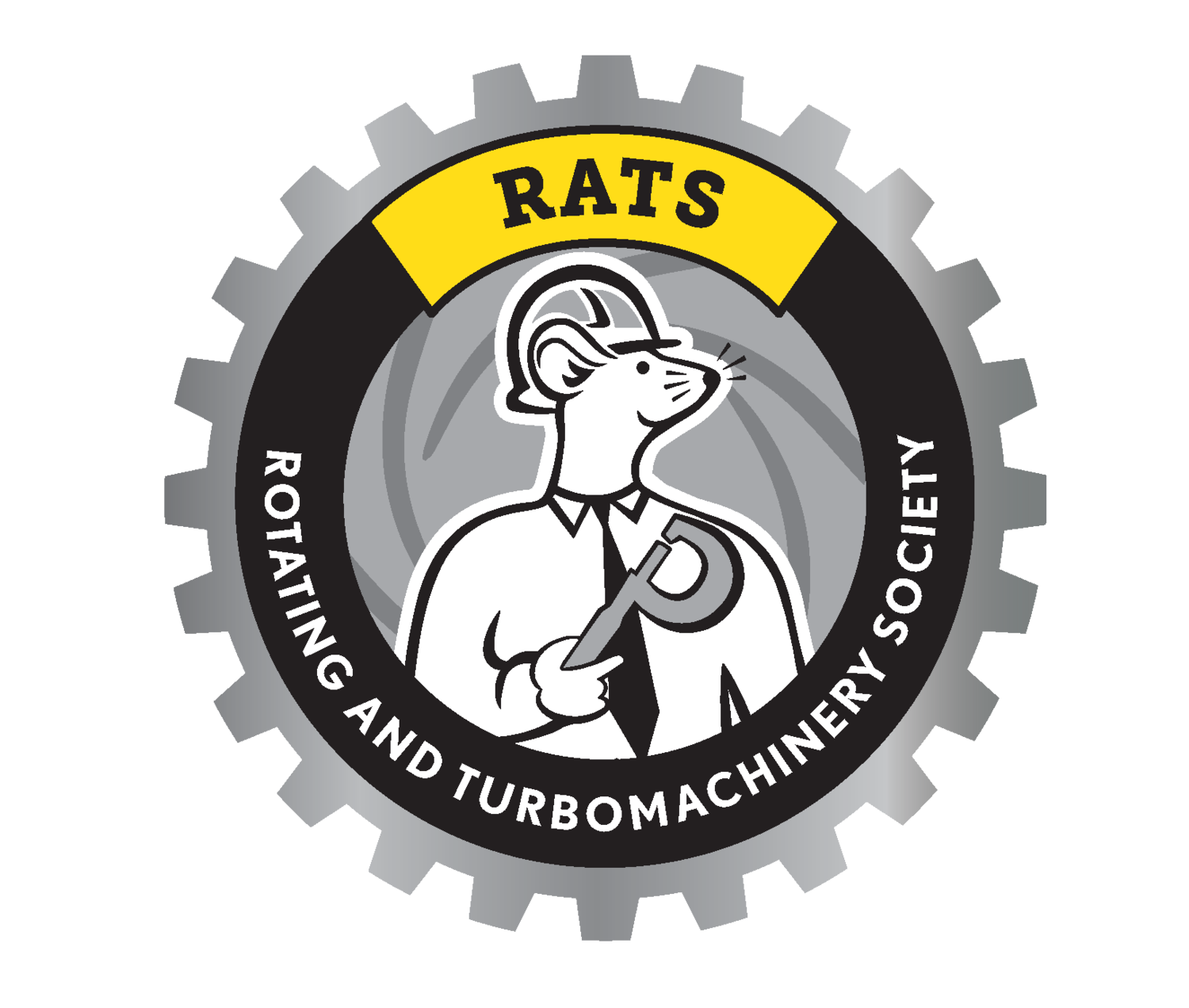TOPIC:
Field Techniques for Torsional Vibration Measurements
INSTRUCTOR(S):
-
Wally Bratek is a graduate of the State University of New York at Buffalo and a Principal Consultant in Wood’s vibration, dynamics, and noise group in Calgary, AB.
His more than 25 years of design and field experience include turbomachinery design, acoustical (pulsation) analysis, finite element analysis, machinery diagnostics, rotordynamics and field troubleshooting. Wally has presented at multiple industry conferences including the Gas Machinery Conference (GMC), Vibration Institute Annual Training Conference (VIATC), Calgary Pump Symposium (CPS) and RATS Maintenance Reliability Operation (MRO) conference. He has served on API Standards 618 and 688 committees and is a member of the GMRC Gas Machinery Conference Planning Committee.
DETAILS:
One (1) hour presentation, including up to 15 min. Q&A
DESCRIPTION:
Torsional vibration design analysis (TVA) is essential to ensure the reliability of rotating machinery, particularly when the driver or driven machine is a reciprocating engine or compressor. Since reciprocating machinery torque curves (torque effort) are never flat due to the conversion of the reciprocating motion to rotation and vice-versa, a specialized analysis is required to provide the predicted (calculated) torque curves. As a matter of fact, the alternating component of torque is quite often as much as two to three times greater than the mean, or constant torque during normal operation. Each component in the drive train must be designed to withstand these alternating “rough” torque requirements. Dynamic response due to torsional resonance can amplify these torque levels beyond the fatigue (failure)limits of the individual components.
Even with a successful design analysis, torsional failures may occur due to differences in construction, errors in the TVA modeling information, or changes in machinery loading. The differences between the design (predicted) and real-world (field) operation can and occasionally do lead to major failures and lost production. Since torsional vibration problems often go unnoticed during startup, the failures areusually sudden and occur without prior signs. When a torsional failure does occur, the consequences are significant given the costs and timetoreplace a motor shaft or engine or compressor crankshaft. Unlike lateral vibration that can be detected using typical vibration instrumentation such as accelerometers or proximity probes, measurement of torsional vibration requires specialized instrumentation and approaches.
This presentation is intended for rotating equipment engineers, operators, and millwrights who are responsible for rotating equipment. The goal is to provide guidance to decide when field torsional measurements are appropriate, and to describe techniques for measuring torsional vibration. Methods for torsional vibration measurement using strain gage telemetry, shaft encoders, magnetic pick-ups, laser vibrometers, and optical pick-ups will be described. Relevant statements from industry guidelines will also be presented, including those from API 618 and the GMRC Guideline and Recommended Practice for Control of Torsional Vibrations in Direct‐Driven Separable Reciprocating Compressors. Case studies will be provided to demonstrate approaches for identifying and solving torsional vibration problems before failures occur.

